Category Archives: Things We Like
Things We Like: Spring Cleaning For Your Brain While You Sleep

Post by Kyle St. Romain.
Last week we discussed how sleeping on a problem can boost your creative problem solving abilities — specifically, rapid eye movement (REM) sleep. While I was researching that article, I came across another interesting study that I want to share with you.
The study up for discussion today is titled, Sleep Drives Metabolite Clearance from the Adult Brain. In a nutshell, the study found that your body rids the brain of toxic metabolic waste while you sleep. Yes, your brain needs to be cleaned with some regularity — like every day.

When we sleep, the brain cells shrink to facilitate the circulation of a special type of brain fluid that actually washes away the gunk and grime that accumulates between brain cells throughout the day. When we don’t get enough sleep (read: the body doesn’t have a chance to clean the brain) brain function is impaired and neural pathways are destroyed. The process is likened to “a dishwasher…. pumping fluid into the brain and removing fluid from the brain in a very rapid pace” according to Dr. Maiken Nedergaard who coauthored the study.
In addition to the temporary cognitive impairment (the brain fog you experience after a restless night), a prolonged lack of sleep is also thought to be a contributing factor to a number of permanent neurodegenerative problems, including Alzheimer’s disease. In fact, the authors of the study speculate that we may even be able to control sleep in a way that helps prevent Alzheimer’s and other diseases associated with dementia. The varying rates that our brains accumulate waste may also be one of the reasons why some people need more sleep than others to feel rested. In other words, our bodies tells us when it’s time to take out the trash, and how long it’s going to need; a message that shouldn’t be ignored.
However, lack of sleep alone does not paint the entire picture. Another related study believes that some people may have a faulty glymphatic system (the brain’s equivalent of a lymphatic system). And if your body doesn’t have the proper facilities to remove waste from the brain, all the sleep in the world won’t help.
So, until these doctors and scientists figure out how to diagnose/treat a faulty glymph system, your best bet to maintaining a healthy brain is to be sure you’re getting enough sleep!
Things We Like: Creative Problem Solving While You Sleep
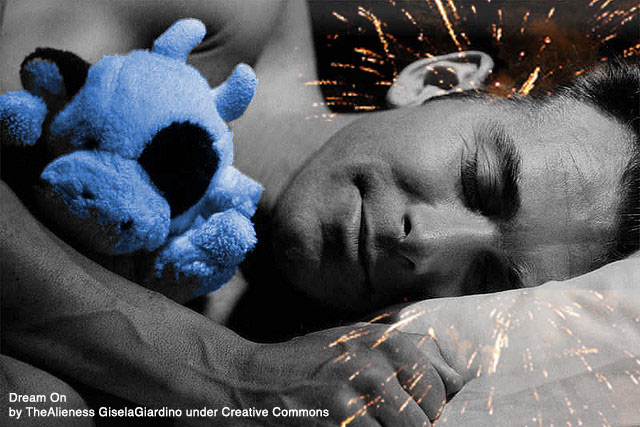
Post by Kyle St. Romain.
Have you ever been faced with a difficult decision and responded with, “Let me sleep on it”? While that response certainly a great way to delay an important decision, it also turns out that there is some science behind it too.
In a study conducted at the University of California, San Diego a few years back, researchers found that rapid eye movement (REM) sleep — the dream stage of sleep — helps foster the formation of associative networks in the brain more than any other wake or sleep state. According to the lead researcher, Dr. Mednick, “For creative problems that you’ve already been working on — the passage of time is enough to find solutions. However, for new problems, only REM sleep enhances creativity.” Note the difference between new and existing problems.
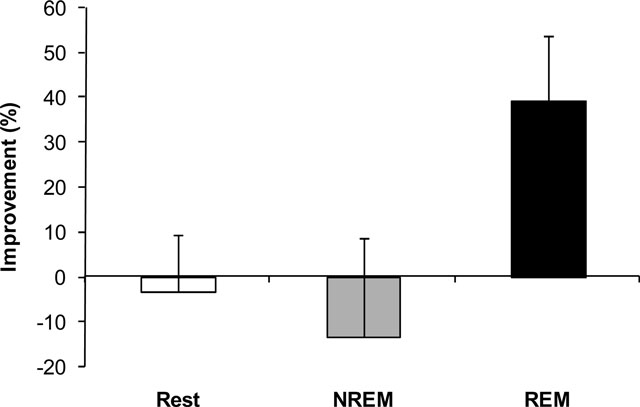
To put this into numbers, REM sleep was found to boost creative problem solving by almost 40 percent as compared to the participants who only had either quiet rest or non-REM sleep. This boost in creative problem solving is associated with the brain’s ability to create new nerve connections, uninterrupted by outside influences that we are subject to during non-REM sleep or while we’re awake. If you let it, your brain will wire itself to solve problems for you — the human equivalent of autopilot.
You can read the full text of the study here.
In past articles I’ve introduced you to the idea of taking an afternoon siesta, or power nap, to boost performance and energy levels throughout the day. However, the study cited above is the first to look specifically at how the stages of sleep impact your performance. While resting can boost your energy levels, you really need to hit a deep sleep to gain the most benefit. On average, it takes about 90 minutes after falling asleep to hit the REM stage (stage 5). Plan accordingly.
So next time you have a difficult and new decision to make or problem to solve, try sleeping on it. You may be surprised with what you come up with in the morning.
Things We Like: Nest Protect To Sleep Safer At Night
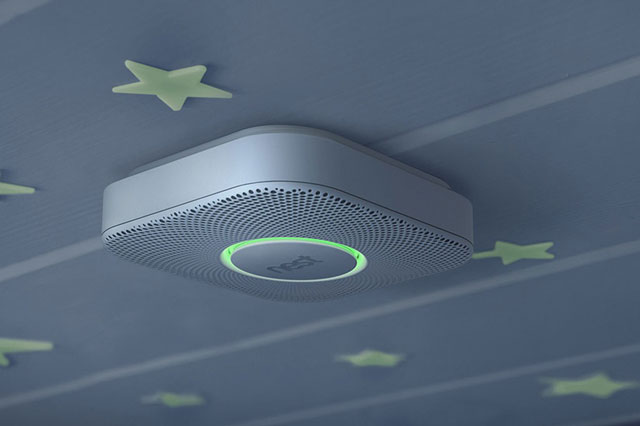
Post by Kyle St. Romain.
I’m always on the look out for new products that make your house cooler, smarter, and safer. In the past, I’ve discussed products like the Philips Hue smart LED lights and SONTE’s digital window shades. This week, I’ve got a new one for you: Nest Protect.
Nest Labs, the same company that makes the smart thermostat “Nest”, recently announced a new product that is sure to help you sleep better at night: a smart smoke detector called Nest Protect. Nest Protect takes what is usually thought of as a boring ad mundane device, the smoke detector, and adds additional functionality that makes it a “stylish must-have” for many homeowners. Let’s talk about what exactly Nest Protect does, and what makes it so revolutionary.
Nest Protect is a connected smoke detector, carbon monoxide detector, heat detector, light sensor, ultrasonic sensor, motion detector, and nightlight. With Nest Protect’s motion sensor, you no longer have to scramble up on a chair to disconnect an errant alarm (like when you burn something in the Kitchen). Instead, you can simply wave your hand at the device to temporarily disable it. That feature alone has me sold, as I often forget to take the bread out of the toaster. Oops.
In addition to replacing a single purpose device with a feature rich hub, Nest Protect is also connected meaning it works in tandem with other Nest Lab products. One benefit of having a connected smoke detector is that it can alert you of problems in your house even when you’re away from home via it’s smartphone app.
Last, but not least, Nest Protect also acts as a nightlight. Using its light and motion detectors, Nest Protect lights your way at night to prevent those uncomfortable toe stubs when you get out of bed for a glass of water.
If you want to learn more about how Nest Protect works, be sure to check out the demo video.
Things We Like: The Power Nap

Post by Kyle St. Romain.
Many old world cultures have long held their afternoon naps commonly known as siestas (or pisolinos if you’re Italian) in great revere. The afternoon nap became prominent in warmer climates where midday heat affected work productivity. Many of these cultures also indulged in food-coma-inducing midday meals, which also helped set the stage for a nice siesta. Today, indoor air conditioning and artificial lighting may have eliminated the need for first world societies to sleep through the midday heat, but how many times do you wish you could grab a quick nap after lunch? I do.
Science is helping remove the stigma American culture has long associated with midday napping. No longer reserved exclusively for children and the elderly, napping has been linked to a number health benefits. One study, that tracked some 23,600 people in Greece over a six-year period, found that people who napped during the day were 37 percent less likely to die from heart disease, stroke, or cancer than those who didn’t. In other words, taking a planned nap (or a “power nap” as you may sell it to your boss) not only feels good, but also can help you live longer.
In addition to physical health benefits, napping can also help boost your cognitive functioning. Studies have shown that productivity, creativity, memory, alertness, and overall mood are all beneficiaries of an afternoon nap. In fact, a 2008 study showed that taking a planned nap is better than caffeine in improving verbal memory, motor skills, and perpetual learning. Naps are also better than caffeine when it comes to free recall memory. Coffee may be more efficient, but not as effective as a quick snooze.
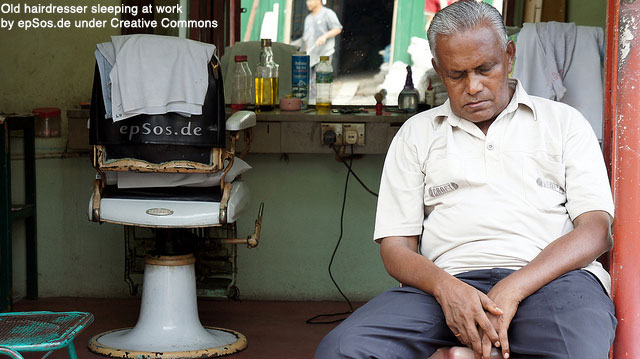
If you’re looking to add a power nap into your schedule, there are some effective napping guidelines you should follow:
- The ideal nap is between 10 and 30 minutes in duration. Any longer, and you run the risk of turning your nap into a full-blown slumber. Ideally, you should awake from your nap feeling refreshed and energized — not groggy and sluggish.
- Aim to nap sometime between 1:00 and 4:00PM.
Keep in mind, however, that the above guidelines are not hard and fast rules. The ideal length and time to nap depends on your body’s needs. The ideal nap can range from 6 minutes to 90 minutes, so take some time to figure out what works best for you and your schedule.
The bottom line is that naps are good for us, and many companies are embracing this idea. Some of the biggest names in the tech industry, like Google, even offer sleep pods for their employees. So next time you’re fighting through the day, consider taking a power nap. And if your boss questions this behavior, let them know you’re only doing it for the company. 😉
Things We Like: How To Make A Luxury Hotel Bed At Home
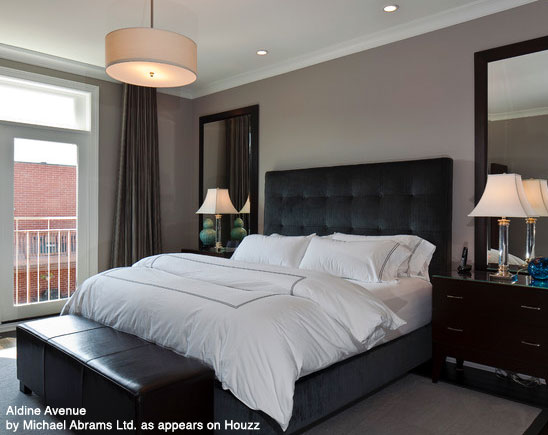
Post by Kyle St. Romain.
Beds are big business at hotels, so much so that many hotel chains have branded their own line of mattresses and bedding. Starwood’s Westin Hotels started the trend back in 1999, and a half a dozen other have followed suit, including: The Four Seasons, The W, Hyatt, Sheraton, Marriot, Ritz-Carlton, and Hilton. After all, the goal of any luxury hotel should be to sell you the best night’s sleep you’ve ever had — even if it’s back at your home.
If you’re looking to recreate a hotel sleeping experience at home, I’ve put together some of the essential components to help you create your own five-star bed at home.
- First, you need a Firm Mattress. The mattress is your first big decision that will affect your quality of sleep. I generally err on the side of more firm than soft when choosing a mattress, since you can always add additional elements to soften it up. You can’t, on the other hand, make a soft mattress feel firmer.
- Next, you’ll want to protect your mattress with a Felt Mattress Protector. This will protect the mattress from stains and spills, and add an additional layer of support.
- The biggest secret to making a five-star bed at home is the Featherbed. Think of this as a sort of a half-mattress that goes over the mattress protector but under the sheets. There are all sorts of options to choose from when selecting a featherbed, but you should generally go with something that is baffled and has a relatively high feather count.
- The Fitted Sheet is the first layer that your body will actually come into contact with, and it goes over the mattress, protector, and featherbed. You can usually buy the fitted sheets in a set with the flat sheet and pillowcases. When choosing sheets, go for something with a relatively high threat count made out of natural materials.
- The Flat Sheet is what you will sleep directly under, and will usually match the fitted sheet underneath.
- The final element of a luxury bed is the comforter. The type of comforter you choose depends mostly on your climate and personal preferences. Some people like to have both a lighter summer comforter and a heavier winter comforter to accommodate the change in temperature. You may also want to put another flat sheet or throw over the top of your comforter to complete the look — maybe even with a chocolate on top. Turn down service anyone?
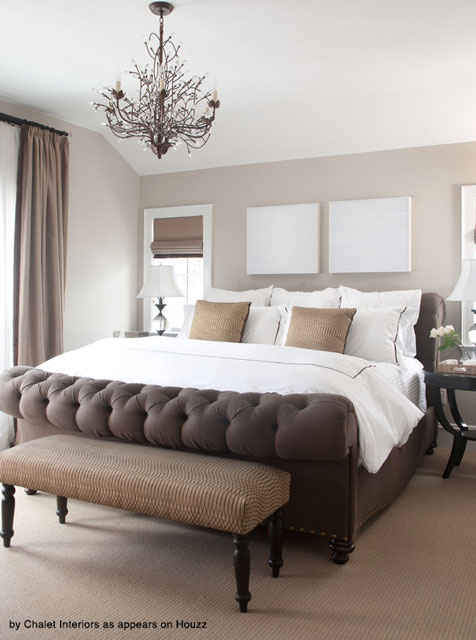
So, next time you wake up at a hotel feeling like you just had the best night’s sleep of your life, take a minute to see exactly what elements went into making the bed. And with so many hotels selling their own brands of bedding collections, you can even recreate every detail in your own home down to the mattress itself.
Before we go, here’s an interesting fact of the day: Did you know that Charles P Rogers sold more beds to luxury hotels in its first 100 years of business than any other company? Pretty impressive if you ask me.


